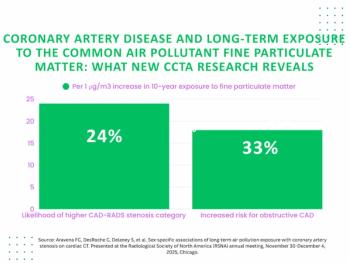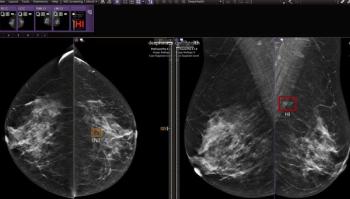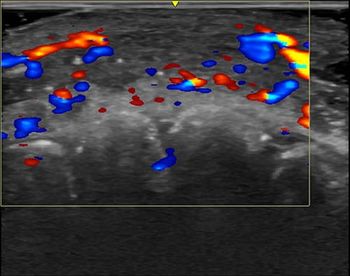
Diagnose Pulmonary Hypertension in COPD Patients with Cardiovascular MRI
Cardiovascular MRI can help clinicians with diagnosis and prognosis of pulmonary hypertension in patients with COPD.
Non-invasive cardiovascular magnetic resonance (CMR) imaging provides diagnostic and prognostic information in pulmonary hypertension (PH) associated with chronic obstructive pulmonary disease (COPD), according to a study published in the journal
Researchers from the United Kingdom sought to assess the diagnostic accuracy and prognostic value of non-invasive CMR models among patients with COPD and suspected PH.
The researchers identified 102 patients with COPD and suspected PH who underwent CMR and right heart catheter (RHC). Three candidate models were assessed:
• CMR-RV model, based on right ventricular (RV) mass and interventricular septal angle
• CMR PA/RV includes RV mass, septal angle and pulmonary artery (PA) measurements
• Alpha index, based on RV ejection fraction and PA size
The results showed 87 of the patients had PH. The CMR-PA/RV model had the strongest diagnostic accuracy, with sensitivity 92 percent, specificity 80 percent, positive predictive value 96 percent and negative predictive value 63 percent. Splitting RHC-mPAP, CMR-RV and CMR-PA/RV models by 35mmHg gave a significant difference in survival, with log-rank chi-squared 5.03, 5.47 and 7.10. RV mass and PA relative area change were the independent predictors of mortality at multivariate Cox regression.
The researchers concluded that CMR provides diagnostic and prognostic information in PH-COPD. The CMR-PA/RV model is useful for diagnosis, they wrote, and the RV mass index and PA relative area change are useful to assess prognosis.
Newsletter
Stay at the forefront of radiology with the Diagnostic Imaging newsletter, delivering the latest news, clinical insights, and imaging advancements for today’s radiologists.




























